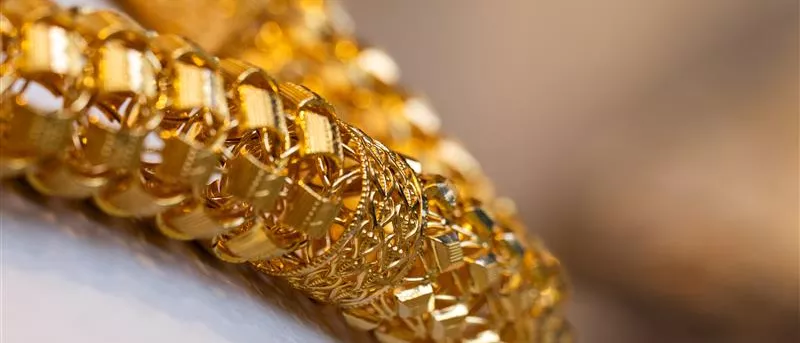Kavita Chacko
Research Head, India World Gold CouncilIndia gold market update: Seasonal strength
The busy wedding season over the coming months (November–March), with a high number of anticipated weddings, is expected to support jewellery demand. Investment interest in gold is likely to persist amid broadly bullish sentiment around gold.


